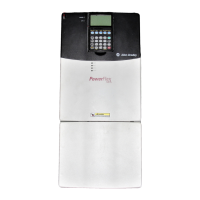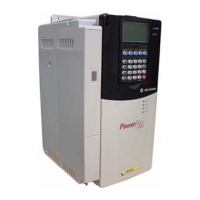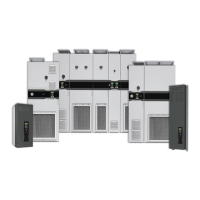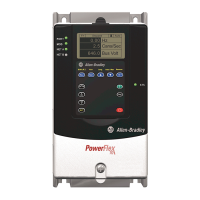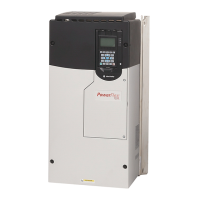196 Rockwell Automation Publication 7000-UM202D-EN-P - May 2018
Appendix E Insulation Resistance Test
Follow this procedure to perform insulation resistance tests on the drive.
Failure to comply with this procedure may result in poor test readings and
damage to drive control boards.
Insulation Resistance Test
Procedure
Required Equipment
• Torque wrench and an 10 mm socket
(1)
• Phillips screwdriver
• 2500/5000V insulation resistance tester
Procedure
1. Isolate and lock out the drive system from any high voltage source.
Disconnect any incoming power sources, medium voltage sources
should be isolated and locked out and all control power sources should
be turned off at their respective circuit breaker(s).
Verify with a potential indicator that power sources have been
disconnected, and that the control power in the drive is de-energized.
2. Isolate the power circuit from system ground.
You must remove the grounds on the following components within the
drive (refer to the electrical diagrams provided with the equipment to
assist in determining the points to disconnect):
•Voltage sensing boards (VSB)
•Grounding network (GN)
Voltage Sensing Boards
a. Remove all ground connections from all of the VSBs in the drive. Do
this at the screw terminals on the VSB rather than the ground bus.
There are two grounds on each board marked “GND 1”, and
“GND 2”.
The number of VSBs installed in each drive varies depending on the
drive configuration.
(1) Capacitor terminals of the grounding network require a 7/16 in. hex tool.
IMPORTANT Disconnect the terminals on the boards rather than from the ground bus, as
the grounding cable is only rated for 600V. Injecting a high voltage on the
ground cable will degrade the cable insulation. Do not disconnect the white
medium voltage wires from the VSBs. They must be included in the test.
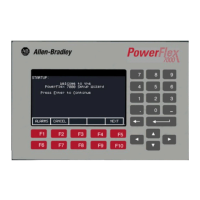
